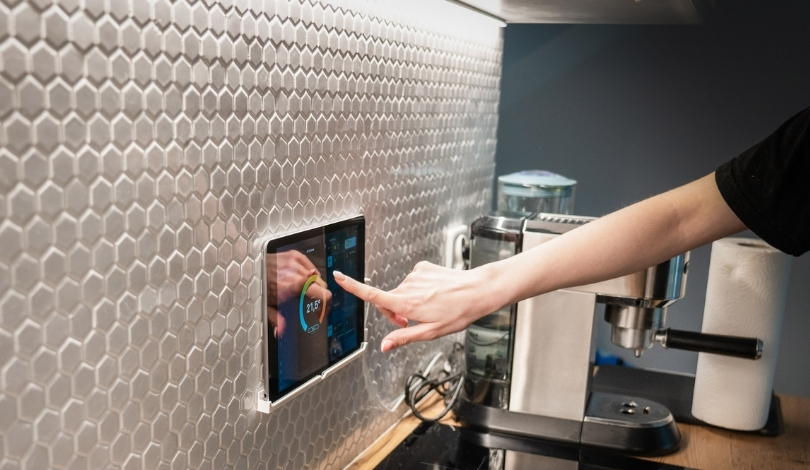Amazon’s Alexa has expanded its capabilities with the introduction of sound detection technology, allowing users to set up routines based on specific sounds. This innovative feature enhances the functionality of Alexa-enabled devices, making them more intuitive and responsive to the needs of the users. By integrating sound detection, Amazon aims to provide a smarter and more seamless experience for consumers, who can now automate actions triggered by sounds like snoring, coughing, or the sound of a dog barking. More information can be found on Amazon’s official website: Amazon Alexa Blog.
Functionality and Setup
Users can now set up Alexa routines that utilize sound detection by accessing the Alexa app on their smart devices. The app provides options to select specific sounds that will trigger various actions, such as turning on lights, playing music, or sending notifications. This development aims to offer a more personalized and efficient way to manage daily activities and smart home environments.
Enhanced User Experience
The integration of sound detection with Alexa routines enhances the user experience by offering a higher level of automation and convenience. For instance, a routine can be created to play soothing music when Alexa detects the sound of a baby crying or to turn off the TV when it hears snoring. This feature addresses the growing demand for smart home devices that can adapt to users’ routines and preferences.
Market Impact
The addition of sound detection technology in Alexa routines is expected to impact the smart home market significantly. Competing brands may need to enhance their own offerings to keep pace with Amazon’s advancements. This move also reinforces Amazon’s position as a leader in the smart home technology sector, potentially influencing consumer preferences and purchasing decisions.
Research into the tech industry shows that similar features have been explored by other brands, but Amazon’s implementation in Alexa appears to be more user-friendly and accessible. Historical attempts by competitors to integrate sound detection often fell short due to limited sound recognition capabilities and complex setup processes. By contrast, Amazon’s approach emphasizes ease of use, which could drive higher adoption rates among non-tech-savvy users.
Previous innovations in sound detection for smart devices primarily focused on security applications, such as detecting breaking glass or alarms. Amazon’s strategy to broaden the use case to everyday sounds like snoring or baby cries highlights a shift towards enhancing daily life convenience rather than just safety. This broader application could redefine consumer expectations and set new standards for smart home assistants.
Amazon’s Alexa sound detection routines reflect a significant step forward in smart home automation. By facilitating a deeper level of interaction between users and their environment, this technology has the potential to streamline daily tasks and improve quality of life. Future developments could further enhance these capabilities, potentially incorporating even more nuanced sound recognition and response options. For users, the key benefit lies in the ability to customize their smart home experience to suit their unique needs and preferences, making everyday life more manageable and enjoyable.










